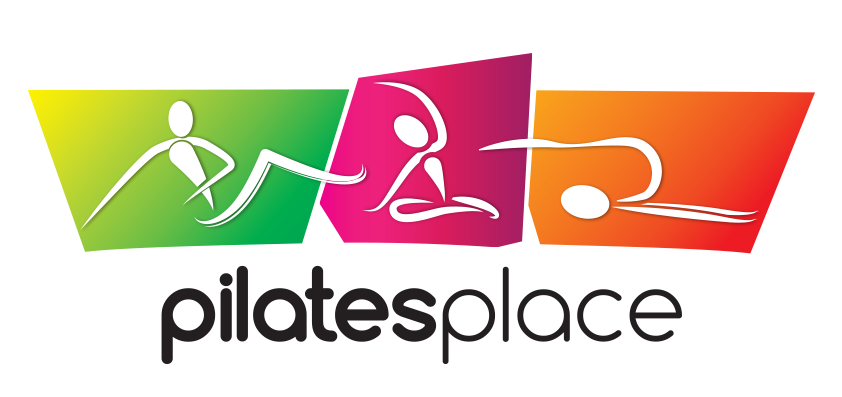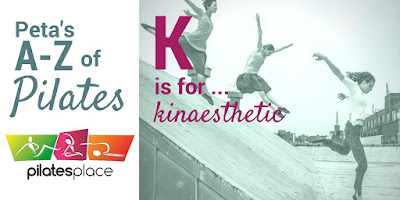But as we close the Pilates studios for our Christmas break, it is worth thinking about how to keep your body happy through the festive season.
Just think ... all those long meals sitting at the dining table, wearing your high heels at parties, and bending over the kitchen sink. It all adds up to potential back aches, joint pain, and losing the progress you have worked so hard for all year.
So we have come up with 5 easy-peasy tips to incorporate your Pilates into your Christmas festivities to keep your body happy and ready to start 2018 raring to go!
And don't worry, we're not talking about teaching Gran how to do a shoulder bridge or leading an impromptu Pilates class in the living room!
⧪
Top 5 Survival Tips for Christmas & New Year, by Director of Pilates Place Peta Davies
1. Sitting Pretty: Pelvic tilts
 |
| Use a lumbar support to ease backache. Image courtesy of Women's Voices for Change |
So, you've been sitting at the table or on the sofa for too many hours and your back is beginning to ache. What should you do?
Start by making sure you are sitting upright and use a firm cushion to add some lumbar support. Gently press your lower back into that support, then release. Repeat 5 times.
Top Tip: when pressing your lower back into the cushion try not to lose any height, try to keep your spine lengthening upwards
⧪
2. In the kitchen: "Active abs"
 |
| Be mindful of your posture in the kitchen |
When you're standing at the sink or work surface preparing festive food, think about how you are standing.
Start by checking that your knees are slightly bent. Then pull in your stomach muscles slightly to support your lower back. Try it - it really does reduce low back pain!
Start by checking that your knees are slightly bent. Then pull in your stomach muscles slightly to support your lower back. Try it - it really does reduce low back pain!
Top Tip: When engaging your stomach muscles try to keep your lumbar spine in its natural curve
⧪
3. Getting stressed out? Deep breaths
 |
| Breathe! Image courtesy of Pick the Brain |
There is so much to do and so little time and the stress is building. STOP and breathe.
Pause and focus on your breathing. Breathe in through your nose for 4 counts and out through your mouth for 4 counts. Repeat 5 times.
Top Tip: When you breathe in try not to lift your shoulders. Feel the breath pushing your ribs outwards, not upwards
⧪
4. Posture check: Standing against a wall
 |
| Stand against the wall to correct your posture. Image courtesy of Dr Michael Lell DC |
If your neck and shoulders are beginning to ache, stand against a wall and place your shoulders and the back of your head against the wall. This will help to re-align your upper back, neck, and shoulders.
Then stretch one arm straight up above your head, keeping the elbow straight. Try to touch the wall above your head - can you reach it? Repeat with the other arm.
Top Tip: Check you have your heels 2 inches away from the wall
⧪
5. Pick-me-up: The best Pilates stretch ever!
 |
| Roll down and roll back up again. Image courtesy of Feel Good Yoga & Pilates |
This stretch will leave you feeling great. Stand with your feet hip-width apart. Raise your arms above your head and clasp your hands together. Reach gently over to one side, then return to the centre and repeat to the other side.
Next, let your arms hang down from your shoulders, and roll gently forwards towards your feet. Pull your stomach muscles in as you roll down, and then use them to roll back up again. Do this 3 times.
Top Tip: When rolling forwards imagine you have a small peach under your chin all the way down, this will keep you neck in perfect alignment as you roll up and down
⧪
Enjoy your Pilates over the festive period and don’t forget to take time out for yourself!























